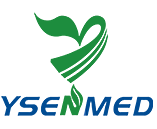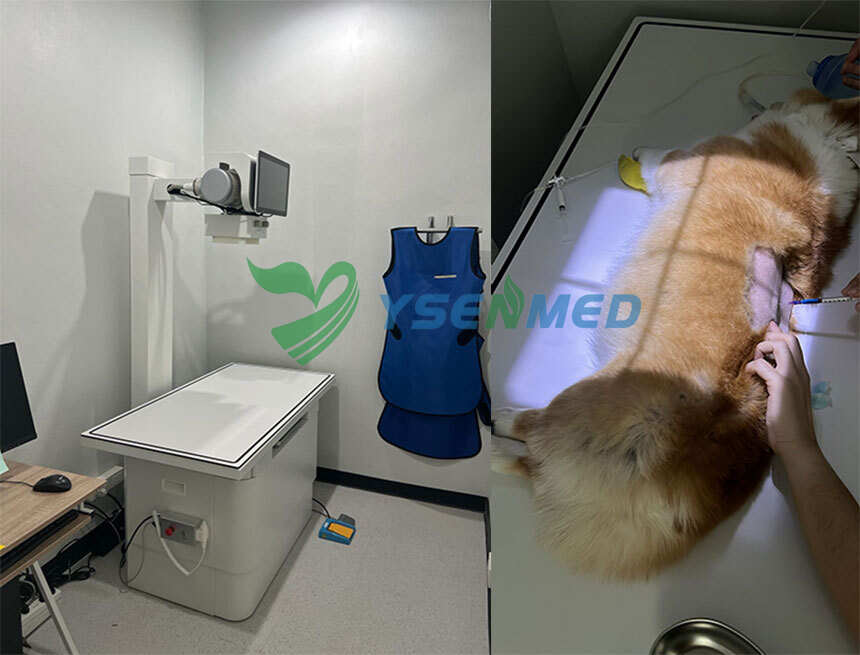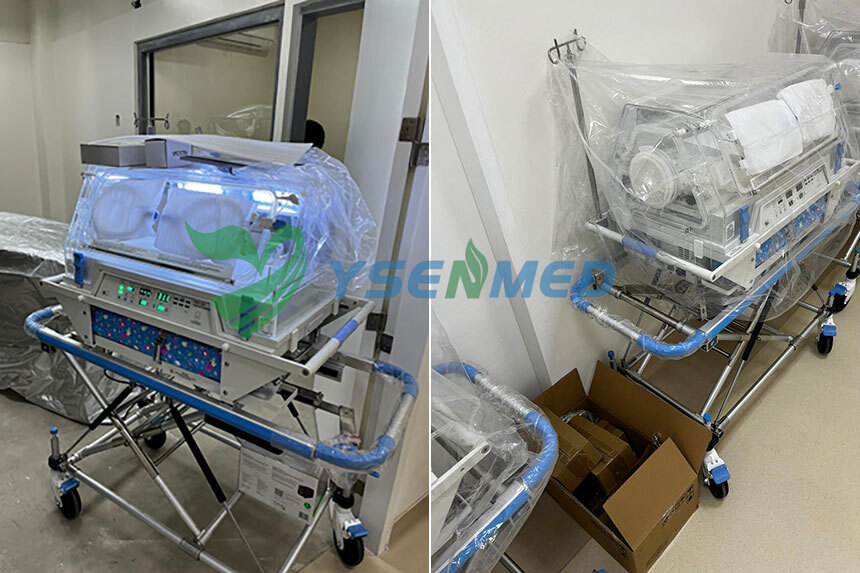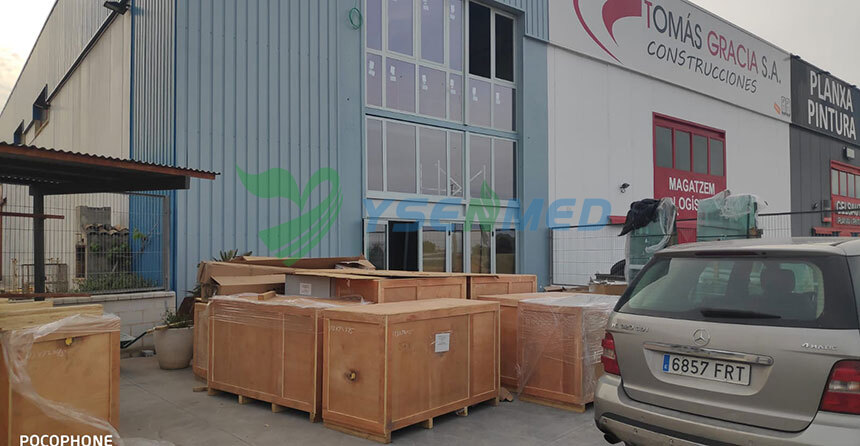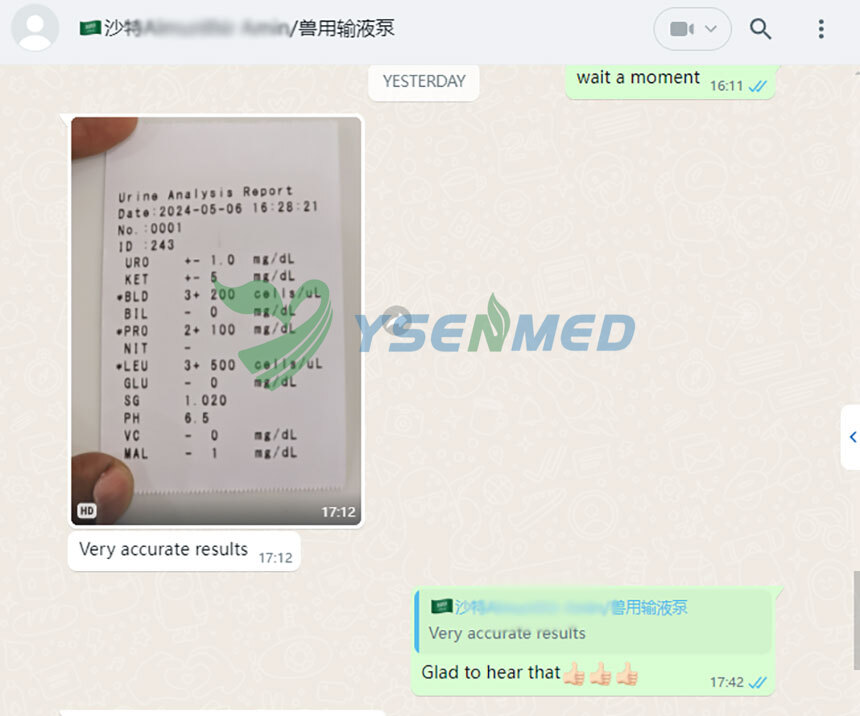Introduction:
Wound management and care are crucial aspects of healthcare, and the use of
suction units has significantly improved the effectiveness of these practices. This article explores the vital role that suction units play in wound management, highlighting their impact on wound healing, infection prevention, and overall patient outcomes.
Efficient Removal of Exudate:
Exudate, the fluid that accumulates in wounds, can hinder the healing process and increase the risk of infection. Suction units are designed to effectively remove excess exudate from wounds, promoting a clean and healthy environment for healing. By maintaining optimal moisture levels, these devices help facilitate the formation of granulation tissue and accelerate the wound healing process.
Enhanced Wound Debridement:
Wound debridement, the removal of dead or infected tissue from a wound, is a critical step in promoting healing. Suction units equipped with specialized wound debridement attachments allow healthcare professionals to perform efficient and controlled debridement. This helps remove necrotic tissue, bacteria, and foreign debris, creating a favorable environment for the growth of healthy tissue.
Reduction of Infection Risk:
Infection is a significant concern in wound management. Suction units play a vital role in reducing the risk of infection by removing bacteria, debris, and exudate from wounds. The continuous application of negative pressure through suction promotes wound drainage and helps prevent the accumulation of infectious agents. This contributes to a lower risk of wound-related complications and supports faster healing.
Promotion of Granulation Tissue Formation:
Granulation tissue is crucial for wound healing as it provides a foundation for new skin growth. Suction units aid in the formation of granulation tissue by promoting angiogenesis (the formation of new blood vessels) and stimulating fibroblast activity. The application of negative pressure through suction helps increase blood flow to the wound bed, facilitating the development of healthy granulation tissue.
Facilitation of Wound Closure:
Suction units can also assist in wound closure by reducing edema and promoting wound approximation. By removing excess fluid and edematous tissue, these devices help minimize tension at the wound edges, allowing for better wound closure techniques such as suturing or the application of wound dressings. This contributes to improved cosmetic outcomes and reduces the risk of wound dehiscence (the reopening of a previously closed wound).
Versatility in Wound Types:
Suction units are versatile tools that can be used for various types of wounds, including acute wounds, chronic wounds, surgical incisions, and pressure ulcers. They can be adjusted to provide different levels of suction based on the specific needs of each wound. This versatility makes suction units valuable assets in wound management across different healthcare settings.
Conclusion:
Suction units play a crucial role in effective wound management and care. From efficient removal of exudate to reducing infection risks and promoting granulation tissue formation, these devices have revolutionized the approach to wound healing. By incorporating suction units into wound care protocols, healthcare professionals can enhance patient outcomes, expedite healing processes, and improve overall quality of care.
Suction units play a vital role in wound management and care. Effective wound management is crucial to ensure that wounds heal properly and do not lead to further complications. Suction units are an essential tool in wound management as they help to remove excess fluids and debris from wounds, which can hinder the healing process.
Suction units are widely used in hospitals, clinics, and home care settings to manage wounds of various types, including surgical wounds, pressure ulcers, and diabetic foot ulcers. They are also used to manage wounds that are prone to infection, such as those caused by burns or trauma.
The primary function of suction units in wound management is to remove excess fluids and debris from the wound site. This helps to reduce the risk of infection and promotes faster healing. Suction units work by creating negative pressure at the wound site, which helps to draw out fluids and debris.
Suction units come in different types and sizes, depending on the specific needs of the patient. Portable suction units are commonly used in home care settings and are designed to be lightweight and easy to use. They are also battery-powered, which makes them ideal for use in areas where there is no access to electricity.
In hospitals and clinics, larger suction units are used to manage wounds that require more intensive care. These units are typically more powerful and can handle larger volumes of fluid and debris. They are also equipped with additional features, such as adjustable suction levels and alarms that alert healthcare providers if there is a blockage in the suction tubing.
One of the main benefits of using suction units in wound management is that they help to reduce the risk of infection. Excess fluids and debris in a wound can create an ideal environment for bacteria to grow, which can lead to infection. By removing these fluids and debris, suction units help to create a clean and sterile environment that promotes faster healing.
Another benefit of using suction units in wound management is that they help to reduce pain and discomfort for the patient. Excess fluids and debris in a wound can cause pressure and discomfort, which can be alleviated by using suction to remove them.
In conclusion, suction units are a crucial tool in effective wound management and care. They help to reduce the risk of infection, promote faster healing, and alleviate pain and discomfort for the patient. Healthcare providers should consider incorporating
suction units into their wound management protocols to ensure the best possible outcomes for their patients.
